Scientists in Denmark have designed a new sensor to detect cells that over-express folate receptors, including cancer cells. Jaime Castillo-León from the Technical University of Denmark and colleagues' sensor consists of an electrochemical platform composed of graphene and peptide nanotubes with folic acid.
Cancer cells have a high requirement for folic acid as it is necessary for their metabolism, so the cells have 500 times more folate receptors compared with a healthy cell, explains Castillo-León. The receptors are like antennas on the surface of the cell membrane that seek out folic acid. The cancer cells interact with the electrochemical platform, resulting in a decrease in the current being measured. The sensor allows the detection of cancer cells at a concentration as low as 250 cells per millilitre.
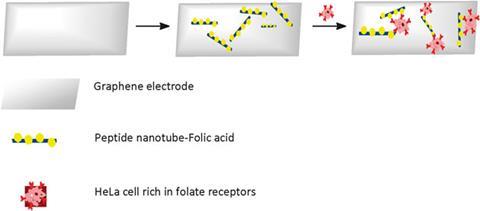
The sensor can also be used to detect other types of cells that over-express folate, says Castillo-León, such as cells infected with the parasites responsible for leishmaniasis (a tropical disease that affects millions of people in undeveloped countries, but is listed as a neglected disease). ‘Despite being a tropical disease, leishmaniasis has appeared in Europe recently because of the importation of infected animals. Our sensor could be used by the authorities to identify infected animals before they are imported,’ he says.
Castillo-León adds that the biosensing platform used for this sensor could be expanded to an array of sensors able to evaluate several samples at the same time. This means it could be used for the high-throughput screening of potential anti-cancer medicines, by evaluating their effect on cancer cells. ‘Thousands of compounds could be evaluated in a rapid way,’ he says. ‘The simplicity of our electrochemical sensing platform makes it feasible to miniaturise it for the development of a point-of-care device, facilitating its use in non-clinical environments.’
‘Folic receptor detection based on this technique is sensitive, simple, fast and convenient,’ says Yuehe Lin from Pacific Northwest National Laboratory, Richland, US, who is an expert in biomedical diagnosis. ‘For the detection of real samples such as blood, urine and saliva, the nonspecific binding could be a problem that the authors need to investigate.’ He concludes that the work has good potential for future applications in the early stage diagnoses of diseases in which cells over-express folate receptors, and that the technique could be developed to detect other biomarkers.




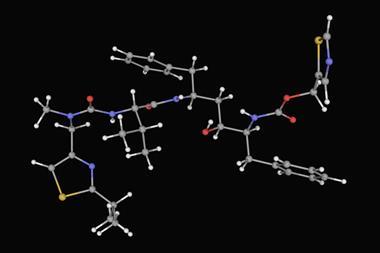
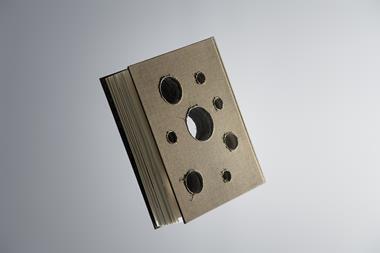
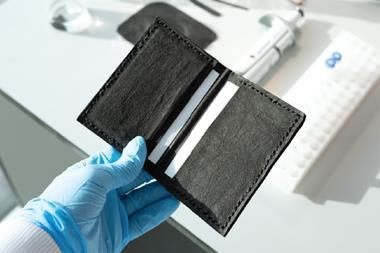

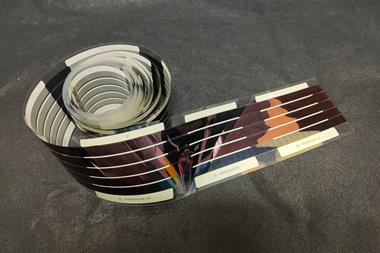






No comments yet